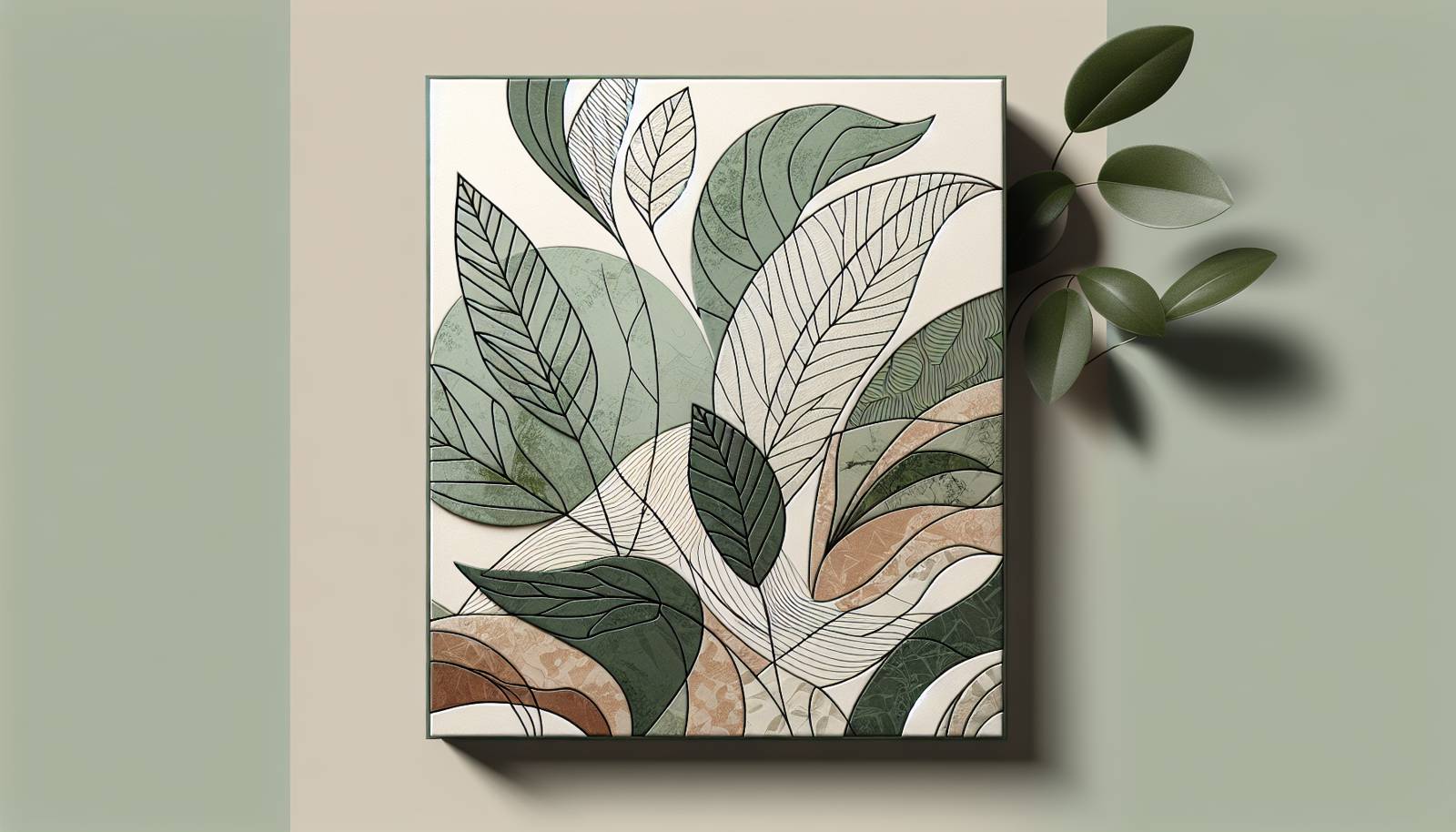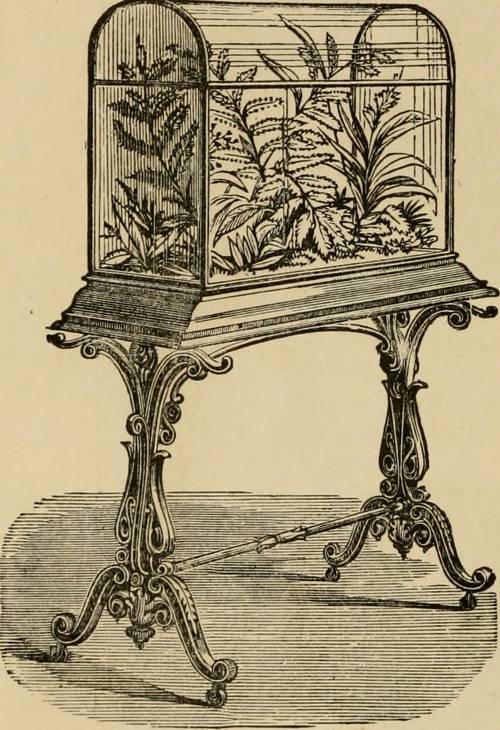
FAQ About Indoor Plant Growth Patterns and Structures

What are the common growth patterns of indoor plants?
Indoor plants can exhibit a variety of growth patterns, including bushy, trailing, climbing, and columnar. Bushy plants have a compact and rounded shape with foliage that covers the soil surface densely. Trailing plants have stems that hang or drape over the edges of containers, making them ideal for hanging baskets. Climbing plants use support to grow upward, often requiring trellises or poles for support. Lastly, columnar plants grow upright in a narrow, vertical manner, utilizing height rather than width.

How can I encourage my indoor plant to grow bushy?
To encourage bushy growth in indoor plants, regularly prune stems to promote branching. Pinching off the tips of the stems helps divert energy to lower branches, encouraging a fuller look. Providing adequate light and maintaining proper nutrition also support bushy growth, as well as positioning the plant correctly to receive sunlight evenly.

What are examples of trailing indoor plants?
Some popular trailing indoor plants include pothos (Epipremnum aureum), string of pearls (Senecio rowleyanus), heartleaf philodendron (Philodendron hederaceum), and spider plant (Chlorophytum comosum). These plants are excellent choices for hanging baskets or shelves where their stems can drape naturally.

Why do some indoor plants have climbing growth patterns?
Climbing plants grow in this manner as an adaptation to reach sunlight in their natural environments. They utilize structures like stems and tendrils to latch onto supports, which provide stability and enable the plant to grow upward towards light. Indoor climbers, such as ivy and pothos, may also add attractive vertical greenery to spaces when provided with adequate support structures.

How do I support a climbing indoor plant?
Support climbing indoor plants by providing structures like trellises, stakes, or moss poles for them to attach to. Secure plant stems gently to these supports using plant ties or soft string to encourage upward growth. Ensure that the support is stable and positioned to guide the plant towards available light.

What are columnar indoor plants?
Columnar indoor plants are those that grow upright with a narrow, cylindrical form. Examples include the snake plant (Sansevieria), cacti such as the cereus species, and Dracaena. These plants are suitable for spaces that require vertical yet compact greenery solutions.

How can indoor plant growth structures impact their care?
The growth structure of an indoor plant can significantly impact how it is cared for. For instance, trailing and climbing plants may need additional support and strategic placement to prevent unwanted growth along furniture. Bushy plants might require regular pruning to maintain their shape, while columnar plants can demand more frequent rotation for even light exposure and stability.

What lighting conditions do trailing plants prefer indoors?
Trailing indoor plants typically thrive in bright, indirect light. They can tolerate some shade but will not do well in low-light conditions for extended periods. Placing these plants near a north or east-facing window can ensure they receive sufficient light without the risk of sunburn.

Can indoor plants with different growth patterns be grouped together?
Yes, indoor plants with varying growth patterns can be grouped together to create an appealing display while complementing each other visually. Consider the lighting, watering, and spacing needs of each plant when combining them. Different textures and heights can achieve an interesting dynamic in your indoor garden setup.

How often should I rotate my columnar indoor plants?
Rotating columnar indoor plants every couple of weeks can help ensure even growth and prevent them from leaning towards the light source. Regular rotation ensures all sides of the plant receive adequate sunlight, promoting symmetrical and aesthetic growth.

What are the benefits of indoors having plants with various growth patterns?
Having indoor plants with varying growth patterns can enrich your interior aesthetic by adding diverse textures and dimensions. These plants can fill different spaces effectively, from ground-level arrangements to vertical displays on walls. A mixture of growth patterns can also contribute to improved air quality, creating a more dynamic and healthier living environment.

Do all indoor plants need pruning to maintain their growth patterns?
Not all indoor plants require regular pruning, but many can benefit from it to maintain specific growth patterns and health. For example, bushy plants often need pruning to keep their domed shape, while climbing plants may require guidance through pruning towards their supports. Assess the needs of each species to determine the appropriate pruning schedule.

Are there any indoor plants that naturally maintain a compact shape without much pruning?
Yes, many succulents and small cacti naturally maintain a compact shape without much pruning due to their growth habits. Examples include Haworthia, Echeveria, and some smaller varieties of aloe species. These plants require minimal intervention aside from basic care routines.

What should I consider when positioning a trailing plant indoors?
When positioning a trailing plant, consider the height and support from which it will hang or perch. Ensure it receives adequate light while preventing overcrowding of nearby plants. Trailing plants should have enough space to cascade downward without obstruction.

How can improper support affect climbing indoor plants?
Without proper support, climbing indoor plants risk becoming tangled, stressed, or growing unevenly. Unsupported vines may also break under their own weight, causing damage to the plant structure. Proper support helps maintain the overall health and appearance of these plants.

What types of pots are best for supporting columnar indoor plants?
Heavy-bottomed or wide pots are ideal for supporting columnar indoor plants, as they provide stability to prevent tipping as the plant grows taller. Consider using pots with built-in supports or add external supports to keep the plant upright.

Is it necessary to fertilize indoor plants with bushy growth patterns?
Fertilizing bushy indoor plants can promote healthy foliage growth and vibrant color. Use a balanced liquid fertilizer during the growing season (spring and summer) to provide essential nutrients. However, avoid over-fertilizing, as this can lead to issues like salt build-up and root damage.

What indoor plant naturally forms a columnar shape without needing much attention?
The snake plant (Sansevieria) is a popular choice for those looking for a columnar indoor plant that requires minimal attention. Its upright leaves are hardy and can thrive in various lighting conditions, making it suitable for different indoor environments.

How does temperature affect indoor plant growth patterns?
Temperature can significantly impact indoor plant growth by influencing metabolic rates and moisture needs. Warmer temperatures generally promote faster growth, provided the plant is well-hydrated and receives adequate light. Cold drafts, however, can harm delicate structures, especially in tropical species, leading to slowed growth or damage.

What are some visual benefits of using trailing plants indoors?
Trailing plants can add a touch of elegance and movement to an indoor space, with their hanging vines creating a soft, cascading effect. They can fill vertical spaces creatively and are excellent for accentuating features like shelves, ledges, or planters, enhancing the depth and texture of interior décor.
